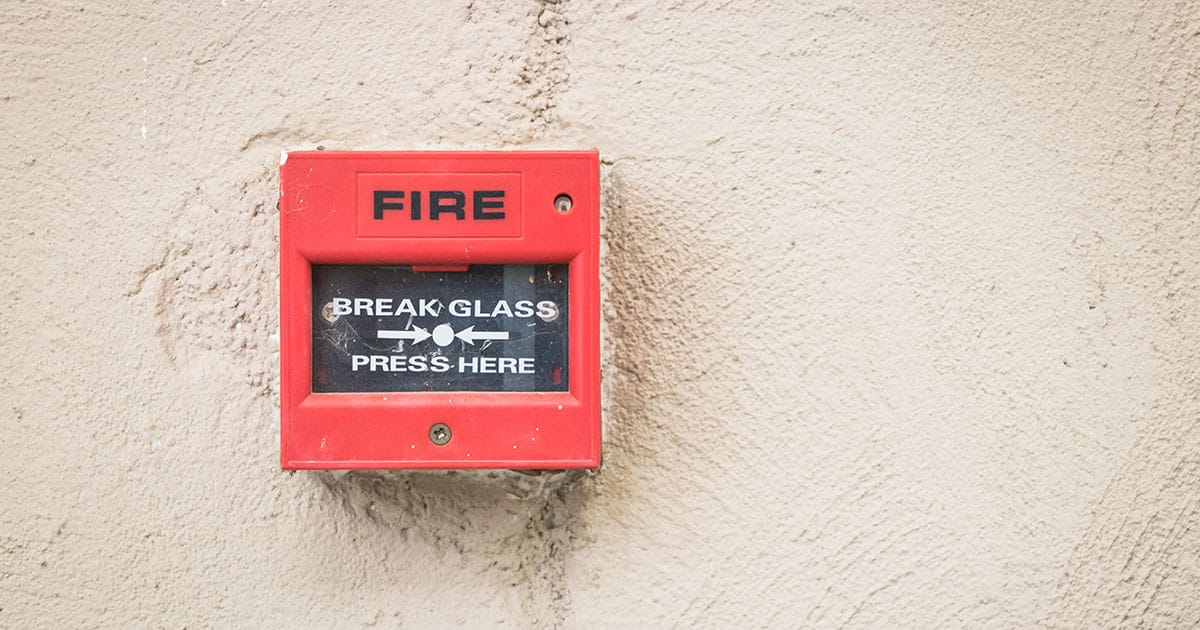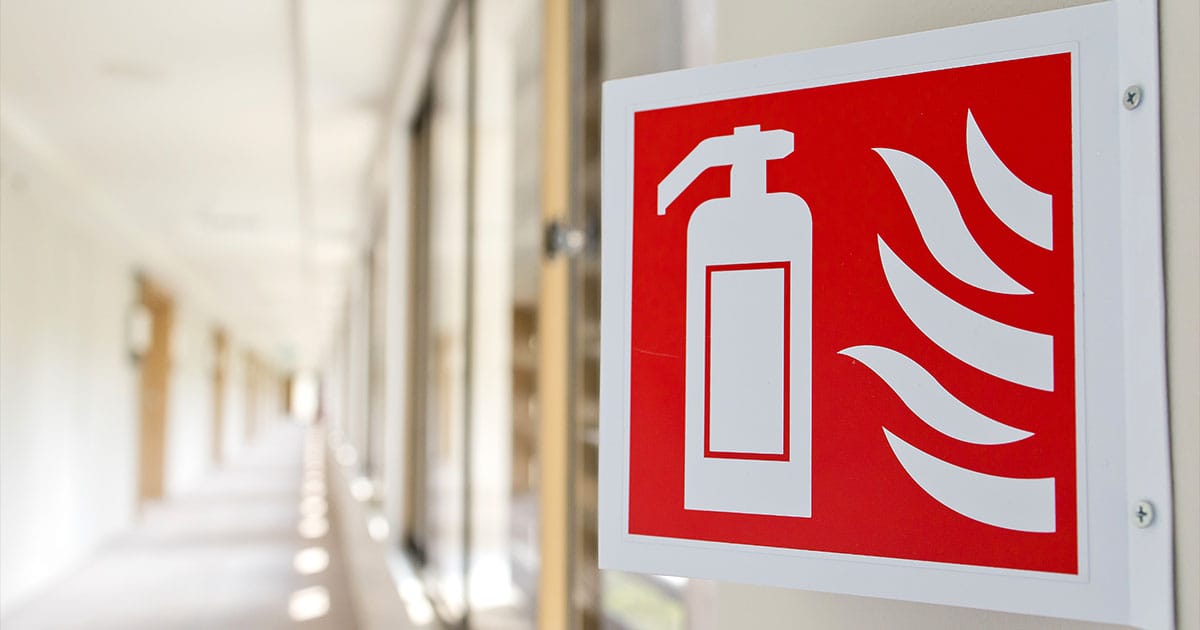Fire Protection Guide for Historical Buildings
UK fire safety law states that property must be ‘equipped with appropriate fire detectors and alarms’ but the legislation takes a broad approach and fails to give specific recommendations for heritage buildings.
Here are our recommendations for how fire can be prevented and detected in historical buildings.

Fire Detection and Alarms
Although call points must be visible at all times, there is no reason why detectors and alarm devices cannot be installed to blend in with the architecture of the historical building.
This can be achieved by:
- Customising detectors with patterns and colour matching so that they are more discreet and can merge into the décor.
- Using aspirating detection systems which are remote from the protected area and connected to a sampling point by a small diameter pipe. E.g. the sampling point can be a small hole which is concealed in the ceiling decoration whilst the pipe can be run in roof voids and the detector positioned where only staff/management have access.
- Using a beam type smoke detector as they are small in size and can often be concealed in galleries and decorative coving.
- Using an audible alarm with a colour to match the décor (you can’t paint over them!)

Emergency lighting
All escape routes and exits require illumination to make doors, signs and potential hazards such as stairways, clearly visible.
So that emergency lighting doesn’t spoil the look of an old building, if possible, it’s best to be integrated with the normal lighting at the design stage. Otherwise, there are many different light fittings available to help make the emergency lighting less obtrusive day-to-day.

Signs
All emergency routes and exits must be indicated by signs, therefore, a sign should be placed at every designated final exit out of the building. Additional signs are required to direct people through the building to a place of relative safety and escape.
Mandatory signs which are blue circles with white symbols or text are also required such as ‘Fire door keep shut.’ Staff training, written instructions and periodic inspections may be used instead.
It’s a legal requirement to inform employees and building occupants of the procedures to be followed in an emergency. A ‘fire action’ notice is the easiest way to do this and they are often placed near fire alarm call points, where they are readily accessible and visible.
It is worth noting that luminous and photoluminescent signs are not a replacement for emergency lighting.

Fire safety equipment
Fire safety equipment should be easily accessible, which means that signs are often required.
Management teams of heritage buildings are often tempted to put fire extinguishers out of sight in fear that they are an eyesore, but we recommend keeping them visible at all times. If you are tempted to hide them, you must still use signs to indicate their location.
The CFPA-E Guideline No 30:2013 F is a great handbook and guideline for managing fire safety in historical buildings.
If you require further information or assistance on fire safety training, fire signage, emergency lighting, fire safety equipment or detection systems in historical buildings, please don’t hesitate to contact Fire Guard Services today on 01582 469000.
